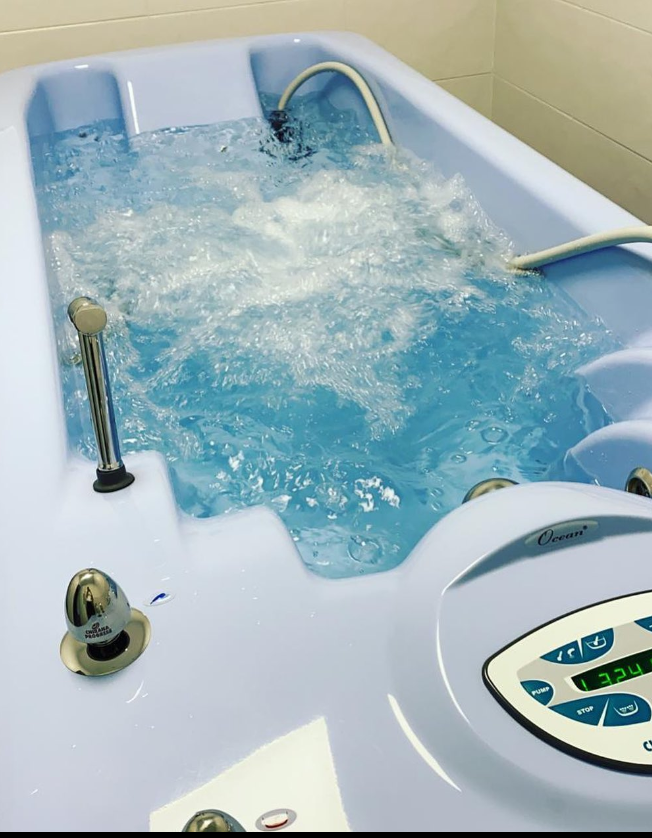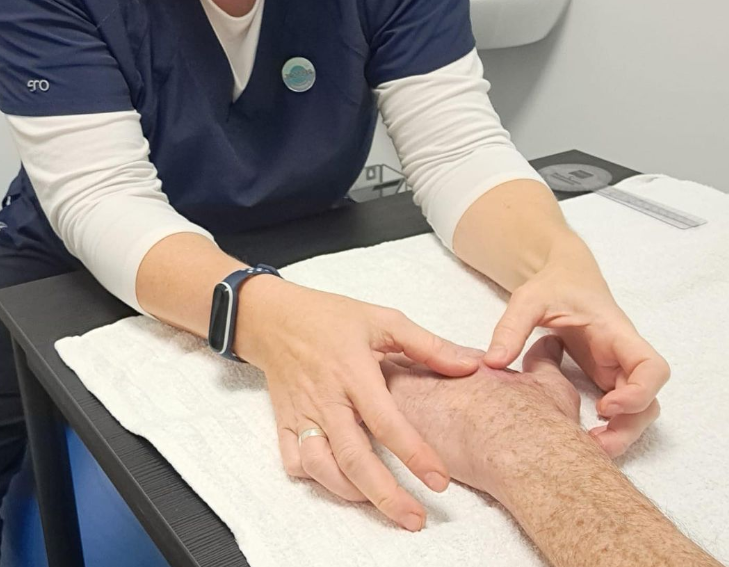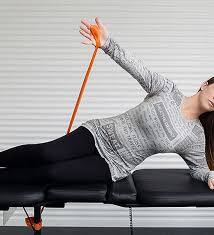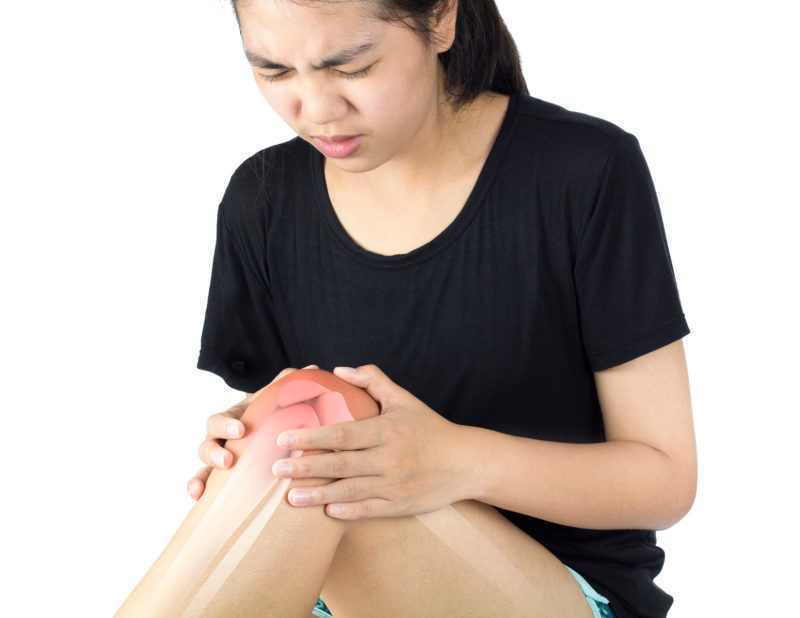Arthritis
What is arthritis? are there different types of arthritis?
Arthritis is a condition affecting your joints. It causes inflammation of one or more joints and usually manifests as pain, swelling and stiffness of the affected joint. There are over 100 different conditions that fall under the term of arthritis but the most common ones that we see in the clinic are: Osteoarthritis, Rheumatoid Arthritis (or Inflammatory Arthritis), Psoriatic arthritis, Juvenile Arthritis and Ankylosing spondylitis. They all have some similarities but also differ in many ways.
what is the treatment for arthritis?
The treatment for osteoarthritis depends on severity of the disease but it usually includes: medication like non-steroid anti-inflammatory drugs (NSAIDs) to ease the inflammation and pain, life style changes like loosing weight or becoming more active, physiotherapy including exercise that works on strengthening the muscles and stabilising the joints and physical therapy that helps with pain and stiffness. Sometimes when the disease progresses too far a surgery may be needed to replace the joint.
The treatment for Rheumatoid arthritis is more complex - medication
In Perfect Therapy Clinic we are uniquely equipped to help most of the arthritis sufferers with managing their symptoms. As one of the very few clinics in Ireland we have a variety of individual hydrotherapy baths that we use in conjunction with other treatments to help you ease the pain, increase the range of motion and strengthen and stabilise your joints. The typical appointment at our clinic will consist of:
- full assessment including setting the goals and discussing a treatment plan
- based on the assessment a tailored home exercise program prescription; we will go over all exercises together and you will be leaving with a handout or we will send you a link to the program if you prefer to follow the program on your phone or PC
- hydrotherapy
- myofascial release or massage if appropriate and indicated
- electrotherapy or ultrasound treatment if indicated
- kinesiotaping
- discussion and advise regarding any suitable assistive devices like walking aid (walking stick, walker, crutches), supports, arthritis gloves, splinting for the hand and wrist
- discussion and advice regarding activity modifications to help you with your everyday tasks at home and at work, joint protection advise
Linking up with support group is a great idea if you suffer from Arthritis as well. Arthritis Ireland provides excellent support if you are based in Ireland. Good source of more information about arthritis is also the Versus Arthritis website - there you will find useful info and easily followed educational videos.
Osteoarthritis
Osteoarthritis is the most common of all arthritis. It is also sometimes referred to as "wear and tear" or degenerative joint disease. It develops over time as the cartilage, which is a flexible strong tissue that caps the end of bone, thins out. The main function of the cartilage is to ensure smooth movement of the bones within the joint and to work as a shock absorber. The whole process is fairly complex but to put it simply, the body reacts to this thinning of the cartilage by changing bone shape which causes inflammation, resulting in pain, stiffness and loss of mobility. Any joint can be affected by osteoarthritis but it usually affects the weightbearing joints like spine, hips, knees and ankles but hands and wrists are often affected too.
The main symptoms of osteoarthritis are:
- pain - usually during an activity, after long activity and at the end of the day
- stiffness - usually first thing in the morning, after prolonged sitting or standing - it eases off with activity or gentle exercises
- mild swelling around affected joint, not always present
- clicking or popping sounds with movement
- weakness around the affected joint
The osteoarthritis is usually confirmed with X-ray.
Rheumatoid Arthritis (inflammatory arthritis)
Rheumatoid arthritis is an autoimmune disease in which the body's immune system starts attacking its own healthy tissue. Unlike osteoarthritis it usually affects several joints at once, most commonly the hands, wrists and knees. It can also affect other tissues and organs like lungs, heart or eyes. With Rheumatoid arthritis there might be times when the symptoms are worse, these are called flares or better, remissions.
In inflammatory arthritis the immune system attacks the lining (synovium) of the joint which causes pain, swelling and decreased range of movement in the joint. The inflammation eventually goes down but the joint capsule stays stretched after the swelling and this causes the joint becoming unstable and deformity can occur. This video by the Versus Arthritis explains the condition very well.
The most common symptoms of Rheumatoid or Inflammatory arthritis are:
- pain - usually in more than one joint and on both sides of body
- stiffness - lasting more than 1 hour and not getting significantly better with movement
- swelling - definite swelling and redness around the affected joints
- generalised weakness and tiredness, feeling of being unwell
To diagnose rheumatoid arthritis a specific blood test needs to be done as well as X-rays and / or MRIs and physical examination.
Juvenile arthritis
Juvenile idiopathic arthritis (JIA) is a name given to several different types of conditions involving inflammation of joints in children and teenagers. Like rheumatoid arthritis it is an autoimmune disease but unlike the rheumatoid arthritis it often goes to remission meaning the symptoms subside for months years or even a lifetime as the child gets older.
To be classified as Juvenile Idiopathic Arthritis the symptoms must start before the age of 16 and last longer than 6 weeks. Whilst there are different types of JIA, most children will present with some of these symptoms:
- pain and stiffness in affected joints
- fever
- swollen glands
- limping, reluctance to use arms, struggling with fine motor tasks
- sometimes eyes can be affected as well
Juvenile arthritis can be successfully treated with medication, physiotherapy, occupational therapy and other additional therapies. Early diagnosis is important to prevent long term issues caused by damage to the joints.
Ankylosing spondylitis
Ankylosing spondylitis is a type of rheumatological disorder that affects mainly spine but can also affect hips, feet and shoulders. The body is trying to heal the inflammation in the spine by overproducing calcium to repair the damage and this causes little growths on the bone. This causes stiffness and pain and over time if left untreated it can lead to fusion of the bones in the spine. If it affects the ribs and thoracic spine taking deeper breaths might become more difficult. It usually affects men in their late 20s.
The symptoms of ankylosing spondylitis are:
- stiffness and pain in lower back and hips to start with and then possibly progressing to neck and shoulders;
- night pain
- difficulties taking deep breaths
- fatigue
- inflammation of the eyes
Diagnosing the ankylosing spondylitis might be difficult because the symptoms often mimic lower back pain. If you have ongoing symptoms described above your GP should refer you to rheumatologist who will do blood tests, X-rays, MRIs and physical examination to establish the cause.










